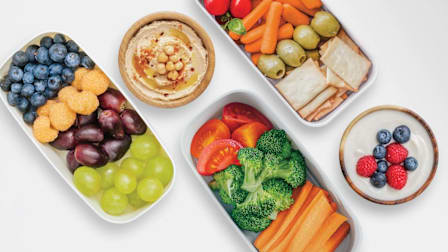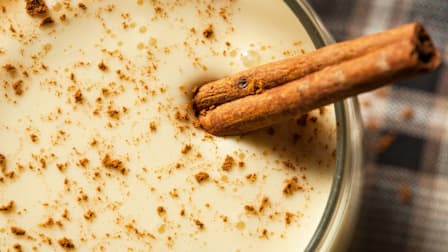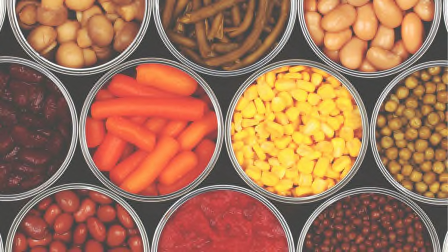Is Dried Fruit Good for You?
Claims that it can cause weight gain and sugar overload are overblown, but not all types are created equal
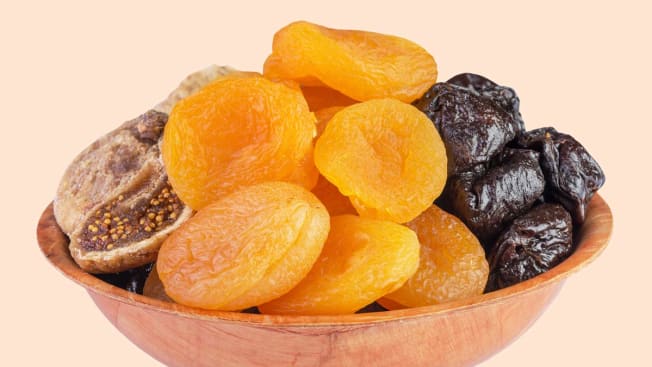
Dried fruit has a reputation for being high in calories and sugar, but experts say it can be just as good for you as fresh.
True, dried fruit will have more sugar by weight than the fresh version of the same type. An ounce of dried apricot halves, for instance, has about the same amount as four fresh apricots (5 ounces). But that doesn’t mean you should avoid dried fruit. “The sugars in dried fruit are usually natural, not added, and the fiber and other nutrients get concentrated too,” says Amy Keating, RD, a CR nutritionist. “If you struggle to get your daily fruit servings in, dried fruit provides a lot of nutrition in a small portion.” In a 2024 study published in the journal Nutrients, researchers assessed the nutritional quality of fruit snacks—such as dried fruit, canned fruit, fruit bars, and fruit gummies. Dried fruit came away with the highest score.

- Calories 96
- Carbohydrates 25 g
- Fiber 3 g
- Sugars 21 g
- Added sugars 0 g
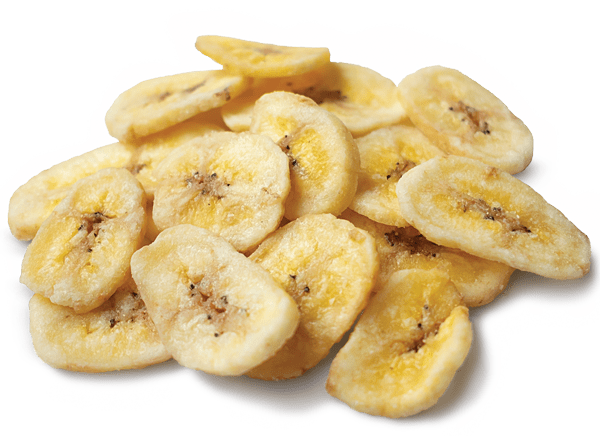
- Calories 200
- Carbohydrates 27 g
- Fiber 1 g
- Sugars 12 g
- Added sugars 8 g

- Calories 105
- Carbohydrates 27 g
- Fiber 4 g
- Sugars 20 g
- Added sugars 0 g

- Calories 130
- Carbohydrates 29 g
- Fiber 2 g
- Sugars 21 g
- Added sugars 0 g

- Calories 140
- Carbohydrates 35 g
- Fiber 1 g
- Sugars 32 g
- Added sugars 7 g

- Calories 91
- Carbohydrates 24 g
- Fiber 3 g
- Sugars 14 g
- Added sugars 0 g
Editor’s Note: This article also appeared in the December 2021 issue of Consumer Reports magazine and was updated with information from an article in the September 2024 issue of Consumer Reports On Health.

















